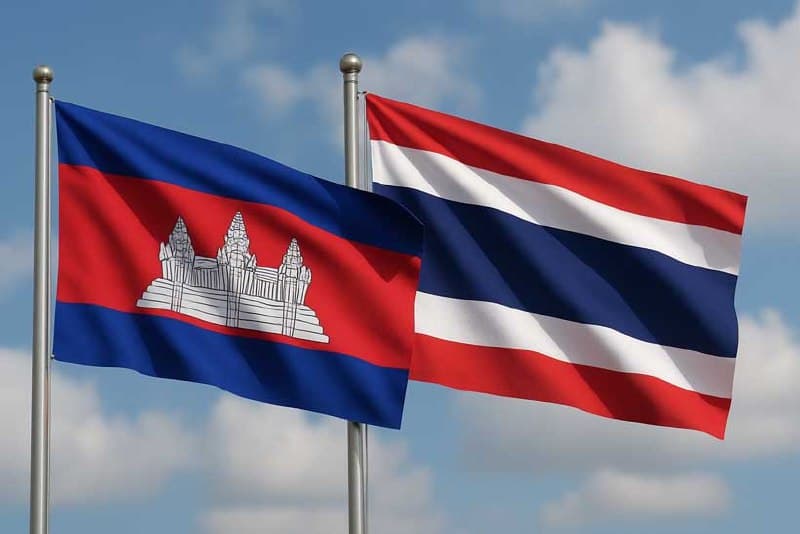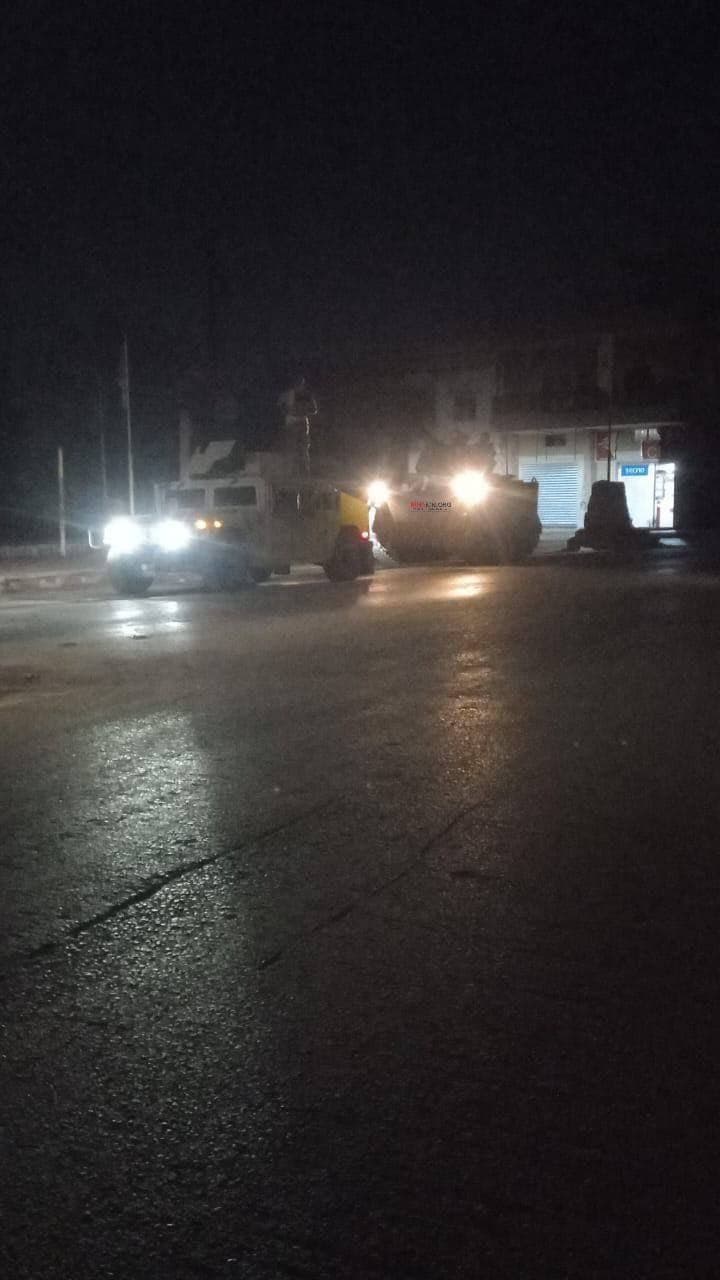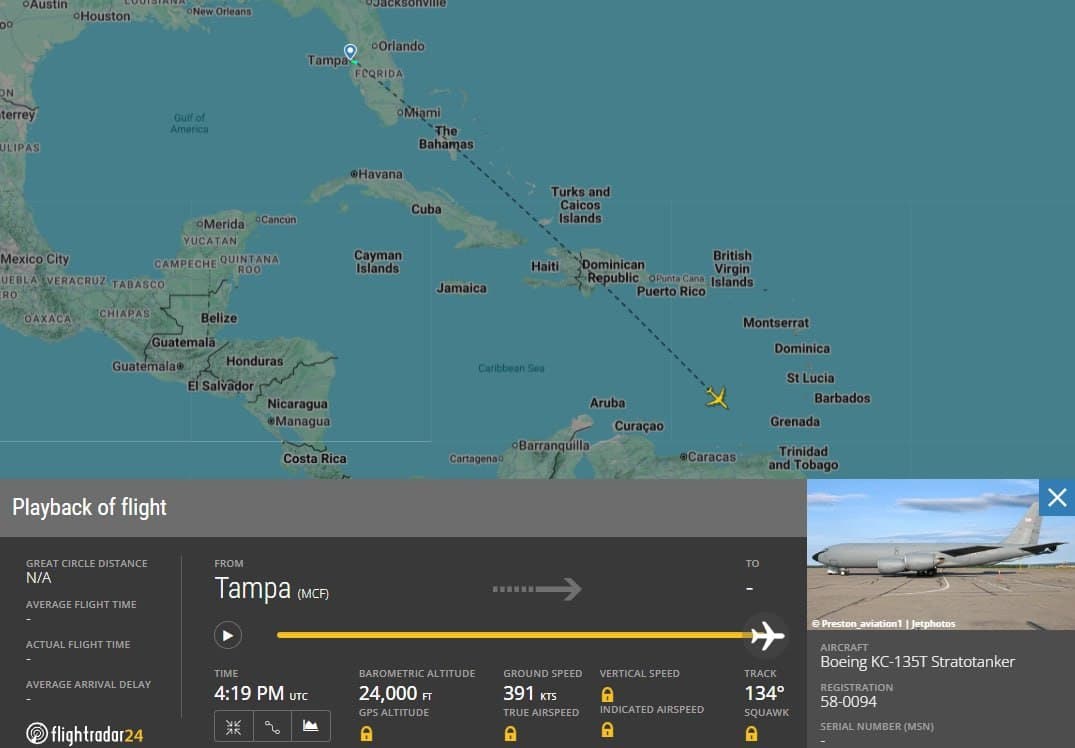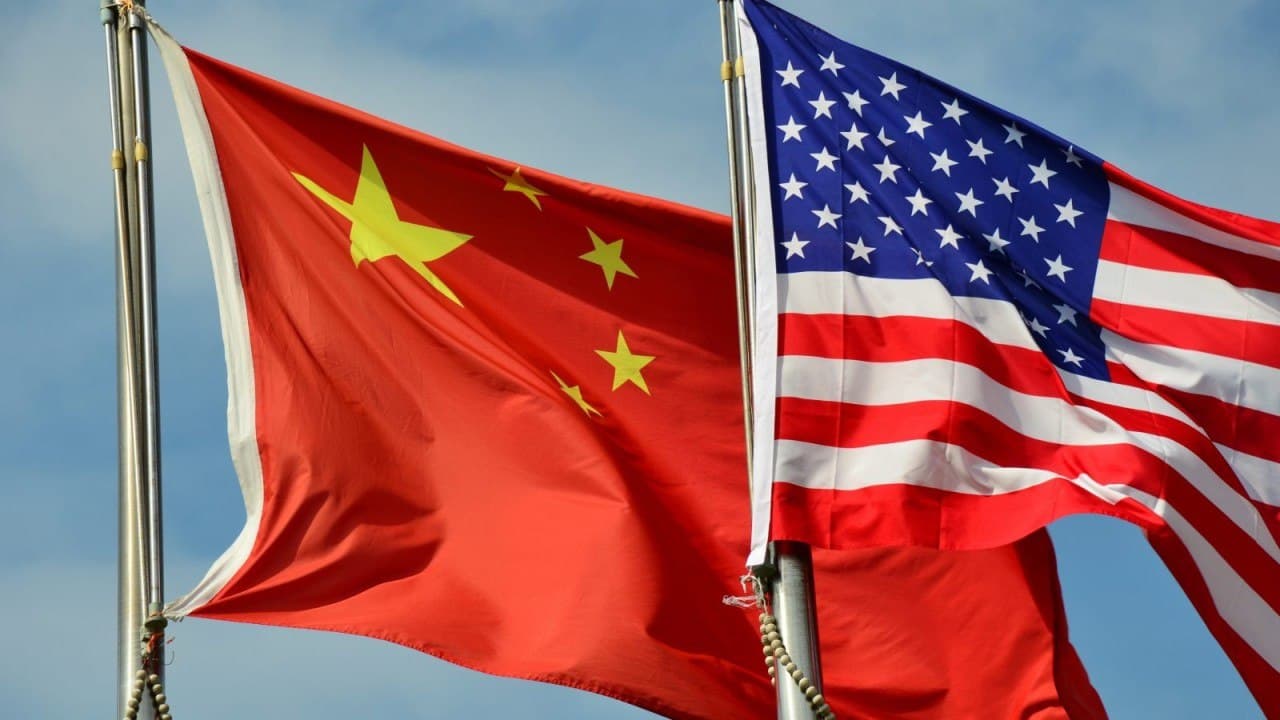Thailand Erects Border Barriers in Disputed Territory, Cambodia Decries Ceasefire Violation
Thailand has reportedly begun the construction of barriers in territory claimed by Cambodia, following last month"s border conflict that resulted in heightened tensions between the two Southeast Asian nations. Cambodia has condemned this move, branding it an attempt to annex disputed areas and a clear violation of the recently established ceasefire agreement.
Background & Context
The border conflict between Thailand and Cambodia has deep historical roots, often flaring up over territorial claims, particularly in areas surrounding the Preah Vihear Temple, a UNESCO World Heritage site. Tensions escalated significantly last month when military skirmishes broke out, resulting in casualties on both sides and prompting international calls for restraint. In the aftermath, the two nations agreed to a ceasefire, which was intended to stabilize the situation and pave the way for diplomatic negotiations.
However, the recent actions taken by Thailand to erect barriers in these disputed territories have reignited fears of armed confrontation and territorial annexation. Cambodia"s government has characterized these developments not only as a breach of the ceasefire but also as a violation of international law, raising concerns about the potential for further escalation in the region.
Key Developments
Reports indicate that the Thai military has commenced the construction of physical barriers in areas that were contested during the recent border clashes. This construction effort is seen by many analysts as a strategic move to solidify Thailand"s claims over the disputed areas, effectively altering the status quo established by the ceasefire.
Cambodian Prime Minister Hun Sen has publicly denounced the barriers, insisting that they constitute an illegal occupation of Cambodian territory. "We will not allow our sovereignty to be undermined," he stated in a televised address. The Cambodian government is now calling for international intervention to mediate the dispute and has threatened to escalate its military presence along the border as a countermeasure.
Broader Impact
The implications of this border conflict extend beyond the immediate region, as Southeast Asia grapples with issues of territorial integrity and national sovereignty. The situation draws parallels to other geopolitical tensions in the area, such as those involving China and its neighbors over maritime claims. Observers note that unresolved territorial disputes can lead to broader regional instability, as nations may feel compelled to take a hardline stance in defense of their sovereignty.
Experts suggest that this situation may also impact ASEAN"s unity and effectiveness in addressing regional security concerns. The association, which prides itself on promoting peace and stability among its member states, may face challenges in mediating disputes if member nations resort to unilateral actions, as seen in Thailand’s recent barrier construction. As previously reported, similar situations have arisen in other regions, highlighting the fragility of peace agreements in the face of national interests.
What"s Next
As tensions simmer, diplomatic efforts will be critical in preventing further escalation. Cambodia has called for a meeting of ASEAN leaders to discuss the crisis, while Thailand is likely to defend its actions as necessary for national security. The international community, including major powers with strategic interests in Southeast Asia, will be watching closely as the situation evolves.
In the coming weeks, both nations will need to navigate a complex landscape of national pride, security concerns, and international law. The potential for military escalation remains a significant concern, and experts warn that continued provocation could lead to a renewed cycle of violence. In this context, the role of international mediators could become increasingly vital in restoring dialogue and ensuring that the ceasefire is respected.
With the situation still unfolding, observers are urged to stay informed about developments that could reshape the political landscape in Southeast Asia. For more insights on related geopolitical tensions, see our recent developments on the regional security landscape.





![[Video] Trump says US lost 'a little bit of sovereignty' in New York](/_next/image?url=%2Fapi%2Fimage%2Fthumbnails%2Fthumbnail-1762374644834-4mb6g4-thumbnail.jpg&w=3840&q=75)
